Ultimately, the choice depends on what works best for you and your baby, but it’s also important to be aware of the pros and cons of both
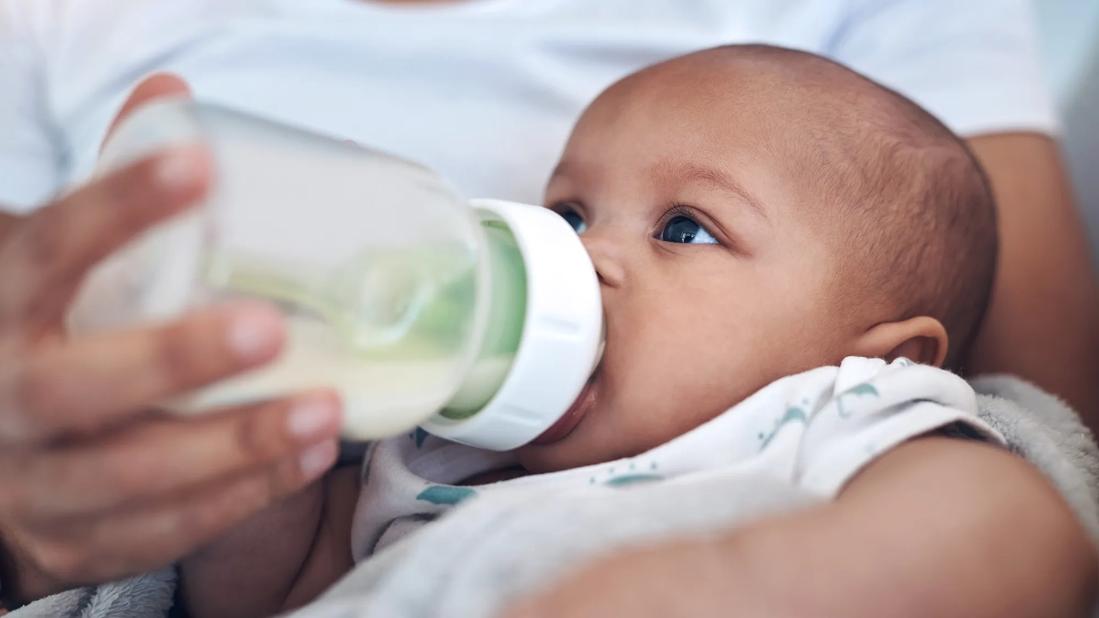
“Baby bottle” is probably one of the many baby-related decisions you know you have to make as a parent. Whether you just brought your baby home, are weaning them off breast milk or planning a return to work, the bottle you choose will become a big part of their routine (and yours).
Advertisement
Cleveland Clinic is a non-profit academic medical center. Advertising on our site helps support our mission. We do not endorse non-Cleveland Clinic products or services. Policy
How many bottles do you need? And what kind should you get? Deciding what’s best for you and your baby can initially be overwhelming, but it doesn’t need to be.
Pediatrician W. Kyle Mudd, DO, offers reassurance on your baby bottle dilemmas and shares tips on how to make the best choice for you and your child.
Your little one will need more than one if you choose to bottle-feed. But how many, precisely?
During the first month of their life, your baby won’t eat at the same rate you do (breakfast, lunch and dinner). Instead, they’ll need to be fed every two to four hours or so. As they hit 2 months, 4 months and so on, that range will expand to three to four hours and four to five hours. Because of this, you’ll want to have a good supply of bottles at the ready.
Your baby bottle stock will also depend on whether you’re mostly bottle-feeding or breastfeeding. If you’re completely or mostly bottle-feeding, it’s recommended that you have eight to 10 bottles. If you’re usually breastfeeding, then you’ll need fewer, around three or four.
The world of baby bottles ranges far and wide. Here are some options you can choose from:
Plastic bottles are made from a specific plastic called polypropylene. Their main advantage is that they’re light while still heavy-duty, so they’re not likely to break while you’re juggling them and your baby on each arm. But there are some concerns around using plastic with your little one
Advertisement
The science of plastics and health is a little fuzzy. Many ingredients in plastic haven’t been thoroughly tested in people. Much of what we know comes from studies in non-humans.
“We don’t know exactly how all of these compounds affect human health,” Dr. Mudd says. But there are hints that compounds in plastics may be related to health problems.
One of the biggest concerns for baby bottles has been bisphenol-A (BPA), which are chemicals used to harden plastics. As chemicals can imitate the body’s reproductive hormones, they may affect fertility and the timing of puberty. Evidence from a 2018 report showed that they may also increase body fat and affect your nervous and immune systems.
Back in 2012, parents breathed a sigh of relief when the U.S. Food and Drug Administration (FDA) banned BPA from plastic baby bottles and sippy cups. But BPA may not be the only concerning ingredient in plastic baby products.
A study in 2022 found that other chemicals like polypropylene (PP) and polyethersulfone (PES) can be found even in BPA-free products. According to the study, some of these particles were common in drink bottles, including baby bottles and sippy cups, while others were traced back to food product packaging.
A 2020 study showed bottles made of polypropylene shed millions of plastic particles into the liquid they contain. When babies drink from those bottles, they ingest the so-called “microparticles,” too.
“Even a BPA-free plastic bottle has some risk,” adds Dr. Mudd. “But you can take steps to limit risk as much as possible.”
While it’s helpful to be aware of the risks, Dr. Mudd cautions to try not to lose too much sleep over your baby’s plastic bottles. (Let’s face it, if you have a baby at home, you’re losing enough sleep as it is.)
“The nutrition your child gets throughout childhood is likely much more important than what kind of bottle you use,” he points out.
In the meantime, you can balance the risks of plastic with reasonable precautions:
Advertisement
Glass and stainless-steel bottles and sippy cups are another great option for parents. They’re safer from a chemical standpoint, Dr. Mudd says. They also last a long, long time and you can boil them in water to ensure a deep clean.
But they do have some drawbacks. Glass is breakable, of course, which can be a concern with baby’s little fingers (or, for that matter, an overtired parent’s clumsy fingers). Glass and metal products may also be more expensive, so they’re not an option for everyone.
You can also try a hybrid bottle that combines the best of both worlds. Hybrid bottles have an inner glass liner that prevents chemicals from mixing into the formula. At the same time, they’re plastic on the outside, keeping them sturdy and unbreakable. As you may have guessed, these double-layered bottles tend to be more expensive.
While baby bottles don’t last forever, you can reuse them. But just like everything we use, natural wear will happen. In general, if you notice any discoloration, cracking or leaking in your bottle, then it’s time for a new one. Otherwise, you can replace your baby bottles on a schedule, based on the type you have:
Advertisement
As for replacing the nipples, this will largely depend on your baby and what size you’re using. Look for signs that it’s time to switch it out: Is it starting to look flattened? Are there any tears, cracks or discoloration? Do you notice any residue that isn’t coming off during washing? If so, it may be time to switch to a new one.
According to the U.S. Center for Disease Control and Prevention (CDC), baby bottles should be cleaned after every feeding — including the caps and nipples.
But should you be sterilizing them, too? It’s generally recommended that you should always sterilize your bottles right after buying them (yes, even before you use them). And if your baby is less than 2 months old, was born preterm or has a compromised immune system, the CDC recommends sanitizing their bottles and nipples daily.
Otherwise, as long as you’re washing after each use, you can choose to sanitize less frequently or not at all. Talk to your child’s pediatrician if you’re not sure.
If you use plastic baby bottles, here’s how you should wash them:
Advertisement
You may wonder if you can further sanitize your plastic water bottle by boiling it, but this isn’t recommended. “Heat causes plastics to shed more chemicals and particles, so avoid a high-temperature situation,” explains Dr. Mudd. In the case of glass bottles, you can use a bit more heat to disinfect them.
If you use glass baby bottles, here’s how you should wash them:
Choosing the right baby bottle can be a big part of your journey as a parent. Pick the bottle that works best for you and your baby, ensure you’re cleaning them correctly, and enjoy this special feeding time with your little one!
Learn more about our editorial process.
Advertisement

Clean your baby’s mouth with a washcloth or small toothbrush if they have a tooth or you suspect thrush

A quick wash with soap and hot water can keep the germs at bay

Delaying baby’s first bath can encourage breastfeeding success and strengthen bonding

They could be hungry, gassy, colicky or sleepy, or even too hot or too cold
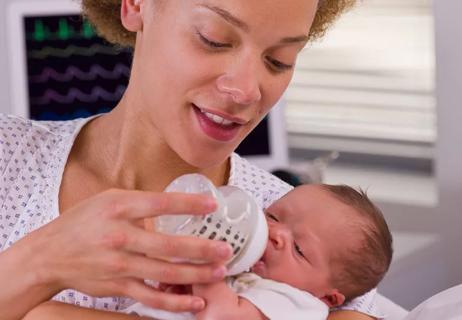
Tiny kidneys and tiny tummies don’t mix well with water
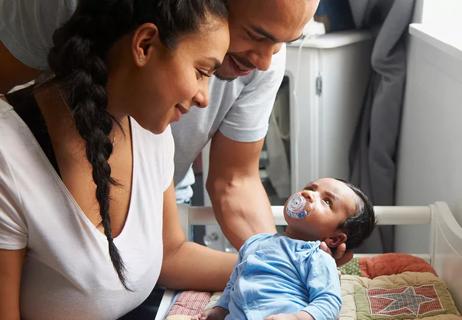
From baby acne and body hair to rooting reflexes and sleeping patterns, it’s all normal
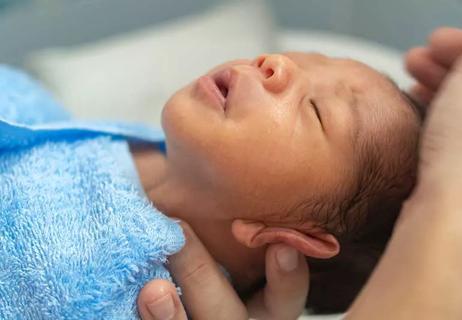
Be mindful about temperature, positioning and efficiency when it’s comes to your little one
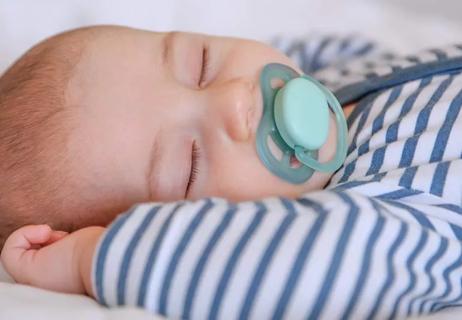
Use a naptime schedule and relaxing sounds to encourage self-soothing

If you’re feeling short of breath, sleep can be tough — propping yourself up or sleeping on your side may help

If you fear the unknown or find yourself needing reassurance often, you may identify with this attachment style

If you’re looking to boost your gut health, it’s better to get fiber from whole foods